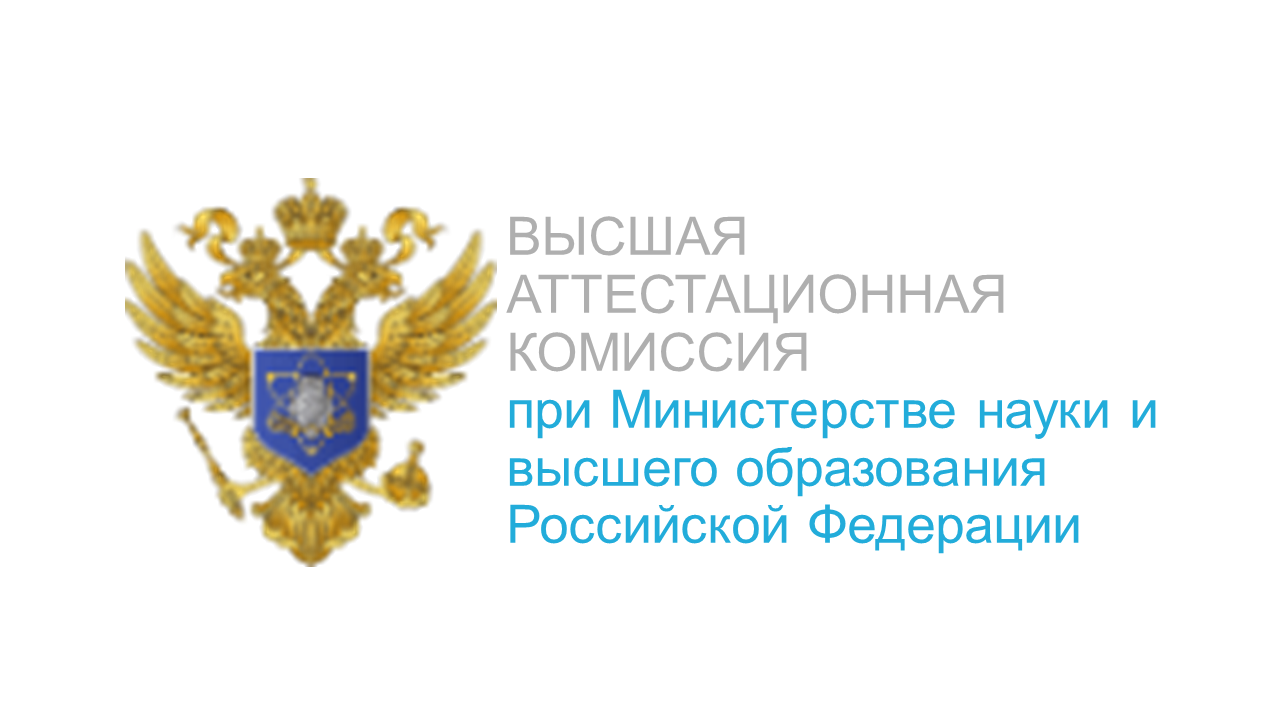The potential of artificial intelligence in preserving linguistic diversity for future generations
Introduction. The significant and only partially solved problem of preserving cultural heritage and linguistic diversity in the world can obtain additional ways of solving by means of using modern technologies, in particular, the Artificial Intelligence (AI).
The purpose of this article is to analyze up-to-date research data on the possibility of preserving linguistic diversity by means of Artificial Intelligence technologies and evaluate their effectiveness taking into account linguistic transformations determining the development of AI.
Materials and Methods. This review is aimed at analyzing the data available in scholarly literature on the potential of artificial intelligence in preserving linguistic diversity and the existing limitations in the case of its application to rare and endangered languages.
Results. The search for data on the research problem revealed that using AI technologies as tools for implementing the task of preserving linguistic diversity is still the subject of discussion mainly in the media and public spheres and is extremely poorly represented in academic literature. Among the challenges partially related to the potential of AI is the linguistic bias of many AI systems, which is rooted in the data used to train them, which can further entrench social and linguistic inequalities among certain ethnic groups and create difficulties in building educational models for teaching these languages with the help of AI.
The authors argue that AI systems can be trained to recognize and analyze linguistic patterns of languages that have been understudied or are endangered, including building educational models in native languages for small ethnic groups at risk of losing the language of communication. There is evidence that AI can recreate lost languages. A major challenge in using AI to preserve linguistic diversity is the lack of data on many languages that are rarely used in the media space or are endangered.
Conclusions. Finally, the authors conclude that AI technologies are recognized as promising for preserving linguistic diversity.
Artificial intelligence; Linguistic diversity; Language preservation; Language bias; Language inequality; Educational programs; Natural language processing
- Belov S. D., Zrelova D. P., Zrelov P. V., Koren`kov V. V. Overview of methods for automatic natural language text processing. Sistemny`j analiz v nauke i obrazovanii, 2020, no. 3, pp. 8–22. (In Russian) DOI: https://doi.org/10.37005/2071-9612-2020-3-8-22 URL: https://elibrary.ru/item.asp?id=44288349
- Goychita L. I., Klimova D. A., Mazurova D. A., Semenov A. R., Pozdnyakova A. A., Ponomarenko A. S. Discriminatory communication or discriminatory speech behavior (review). Social and Humanitarian Sciences. Domestic and Foreign Literature. Series 6: Linguistics, 2023, no. 1, pp. 41-51. (In Russian) DOI: https://doi.org/10.31249/ling/2023.01.02 URL: https://elibrary.ru/item.asp?id=50082764
- Esionova E. Yu. Digital intelligence as an alternative resource for foreign language learning. Gumanitarny`e i social`ny`e nauki, 2019, no. 3, pp. 155–166. (In Russian) DOI: https://doi.org/10.23683/2070-1403-2019-74-3-155-166 URL: https://elibrary.ru/item.asp?id=39138327
- Karmova M. R., Logina M. V. The role of artificial intelligence in the preservation of minority languages (on the example of Abazian language). Mir nauki, kul`tury`, obrazovaniya, 2023, no. 4, pp. 251-254. (In Russian) DOI: https://doi.org/10.24412/1991-5497-2023-4101-251-254 URL: https://elibrary.ru/item.asp?id=54504954
- Oparina E. O. The coexistence of languages in the context of globalization. Social and humanitarian sciences. Domestic and foreign literature. Series 6: Linguistics, 2020, no. 2, pp. 44–49. (In Russian) URL: https://www.elibrary.ru/item.asp?id=42854769
- Berdasco A., López G., Diaz I., Quesada L., Guerrero L. A. User experience comparison of intelligent personal assistants: Alexa, google assistant, Siri and Cortana. 13th International Conference on Ubiquitous Computing and Ambient Intelligence UCAmI 2019, 2019, vol. 31 (1), pp. 51. DOI: https://doi.org/10.3390/proceedings2019031051
- Beukeboom C. J. Mechanisms of linguistic bias: How words reflect and maintain stereotypic expectancies. In: J. Laszlo, J. Forgas, & O. Vince (Eds.), Social Cognition and Communication. New York, NY: Psychology Press., 2013, pp. 313–330. URL: https://www.taylorfrancis.com/chapters/edit/10.4324/9780203744628-22/mechanisms-linguistic-bias-camiel-beukeboom
- Cowls J., Morley J. The 2020 yearbook of the digital ethics lab. In: J. Cowls & J. Morley (Eds.), Digital Ethics Lab Yearbook. Springer International Publishing, 2021. DOI: https://doi.org/10.1007/978-3-030-80083-3 URL: https://philpapers.org/rec/COWTY
- Gerrand P. Estimating linguistic diversity on the internet: A taxonomy to avoid pitfalls and paradoxes. Journal of Computer-Mediated Communication, 2007, vol. 12 (4), pp. 1298–1321. DOI: https://doi.org/10.1111/j.1083-6101.2007.00374.x
10. Kim D., Ruecker D., Kim D.-J. Mobile assisted language learning experiences. International Journal of Mobile and Blended Learning, 2017, vol. 9 (1), pp. 49–66. DOI: https://doi.org/10.4018/IJMBL.2017010104
11. Lenci A., Padó S. Editorial: Perspectives for natural language processing between AI, linguistics and cognitive science. Frontiers in Artificial Intelligence, 2022, vol. 5, pp. 1059998. DOI: https://doi.org/10.3389/frai.2022.1059998 URL:https://mic.org.ru/phocadownload/yazyk-mpr_2011.pdf
12. Murphy R. F. Artificial intelligence applications to support K–12 teachers and teaching: A review of promising applications, challenges, and risks. RAND Corporation, 2019. DOI: https://doi.org/10.7249/PE315
13. Reagan T. Why language endangerment and language death matter: “Took away our native tongue … And taught their English to our young”. Linguistic Legitimacy and Social Justice, 2019, pp. 285–314. DOI: https://doi.org/10.1007/978-3-030-10967-7_9
14. Siu S. Ch. ChatGPT and GPT-4 for professional translators: Exploring the potential of large language models in translation. SRN Electronic Journal, 2023. DOI: http://dx.doi.org/10.2139/ssrn.4448091 URL: https://papers.ssrn.com/sol3/papers.cfm?abstract_id=4448091
15. Weinstein J. Viewpoint discrimination, hate speech, and political legitimacy: A reply. Constitutional Commentary, 2017, vol. 32, pp. 715. URL: https://constitutionalcommentary.lib.umn.edu/article/viewpoint-discrimination-hate-speech-and-political-legitimacy-a-reply/
16. Yano T., Resnik P., Smith N. A. Shedding (a thousand points of) light on biased language. Proceedings of the ACM on Human-Computer Interaction, 2010, vol. 6, pp. 152–158. DOI: https://doi.org/10.5555/1866696.1866719 URL: https://dl.acm.org/doi/10.5555/1866696.1866719
17. Zhang D. T., Mishra S., Brynjolfsson E., Etchemendy J., Ganguli D., Grosz B., Lyons T., Manyika J., Niebles J. C., Sellitto M., Shoham Y., Clark J., Perrault R. The AI Index 2021 Annual Report. AI Index Steering Committee, Human-Centered AI Institute, Stanford University, Stanford, CA, March, 2021, P. 110. DOI: https://doi.org/10.48550/arXiv.2103.06312










